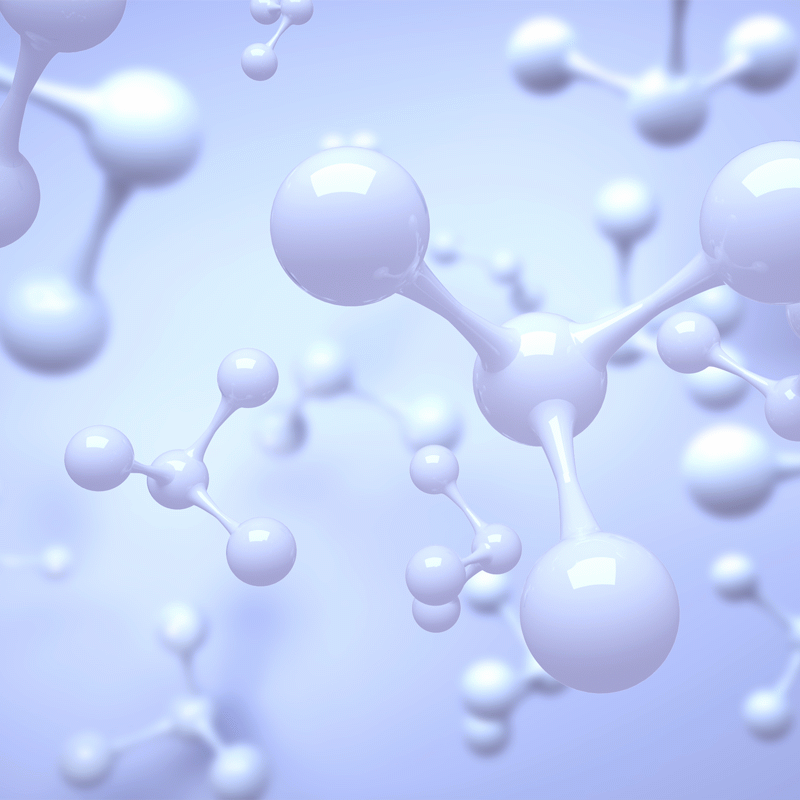-
Categories
-
Pharmaceutical Intermediates
-
Active Pharmaceutical Ingredients
-
Food Additives
- Industrial Coatings
- Agrochemicals
- Dyes and Pigments
- Surfactant
- Flavors and Fragrances
- Chemical Reagents
- Catalyst and Auxiliary
- Natural Products
- Inorganic Chemistry
-
Organic Chemistry
-
Biochemical Engineering
- Analytical Chemistry
-
Cosmetic Ingredient
- Water Treatment Chemical
-
Pharmaceutical Intermediates
Promotion
ECHEMI Mall
Wholesale
Weekly Price
Exhibition
News
-
Trade Service
Undecanedioic acid is an organic compound with the molecular formula C11H22O2.
It is a fatty acid found in certain plants and animals, and it has been synthesized industrially for use in a variety of applications.
The synthetic routes of undecanedioic acid can be broadly classified into two categories: chemical synthesis and biological synthesis.
Chemical Synthesis of Undecanedioic Acid
Chemical synthesis of undecanedioic acid involves the use of various chemical reactions and methods to produce the compound in the laboratory.
The following are some common chemical synthesis methods of undecanedioic acid:
- Hydrolysis of Natural Oils: One of the most common methods of synthesizing undecanedioic acid involves the hydrolysis of natural oils, such as coconut oil or palm kernel oil.
This method involves the use of water, heat, and acid or base to break down the natural oil into its individual components, including undecanedioic acid. - Reduction of Undecanol: Undecanol is a intermediate of undecanedioic acid, it is synthesized by reduction of decanol, which is a fatty alcohol.
This method involves the use of reducing agents, such as hydrogen gas or sodium borohydride, to convert decanol into undecanol, which can then be further reduced to undecanedioic acid. - Reduction of Decanal: Decanal is another intermediate of undecanedioic acid, it is synthesized by reduction of decanoic acid, which is a fatty acid.
This method involves the use of reducing agents, such as lithium aluminum hydride or hydrogen gas, to convert decanoic acid into decanal, which can then be further reduced to undecanedioic acid. - Fischer-Speier Synthesis: Fischer-Speier synthesis is a commonly used method for the synthesis of organic compounds.
This method involves the use of a carboxylic acid and a Grignard reagent to form an alcohol, which can then be reduced to form the desired compound.
Advantages of Chemical Synthesis of Undecanedioic Acid:
- Consistency: The synthesis of undecanedioic acid through chemical synthesis methods allows for consistent production of the compound, with a high level of purity.
- Cost-effective: Chemical synthesis of undecanedioic acid is relatively cost-effective, as it uses easily available starting materials and chemical reactions.
- Large-scale production: Chemical synthesis of undecanedioic acid can be easily scaled up to produce large quantities of the compound.
Disadvantages of Chemical Synthesis of Undecanedioic Acid:
- Toxicity: Some of the chemicals used in the synthesis of undecanedioic acid, such as lithium aluminum hydride, are highly toxic and require careful handling and disposal.
- Environmental impact: The chemical synthesis of undecanedioic acid can have a negative impact on the environment, as some of the chemicals used in the process can be harmful to wildlife and ecosystems.
- Inefficient: Some of the chemical reactions used in the synthesis of undecanedioic acid can be inefficient, leading to low yield and high cost.
Biological Synthesis of Undecanedioic Acid
Biological synthesis of undecanedioic acid involves the use of living organisms, such as bacteria or yeast, to produce the compound.
This method involves the use of genetically modified organisms, which have been engineered to produce the desired compound.
The following are some common biological synthesis methods of undecanedioic acid:







